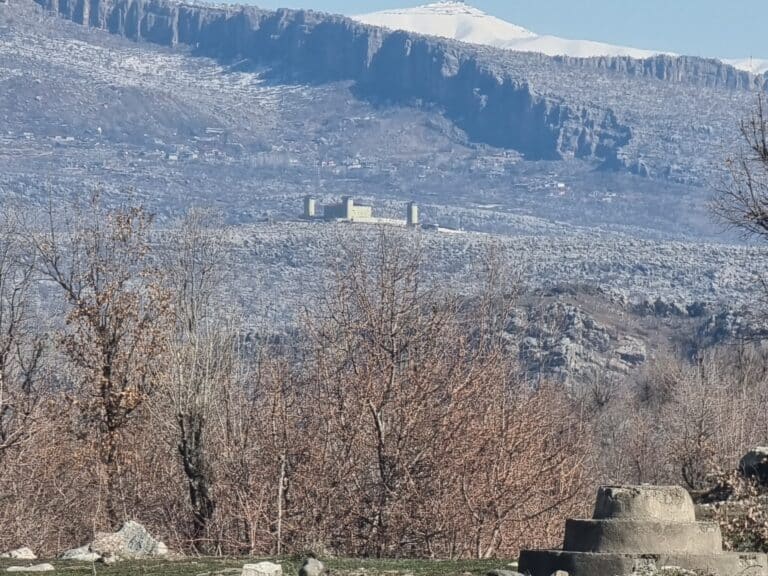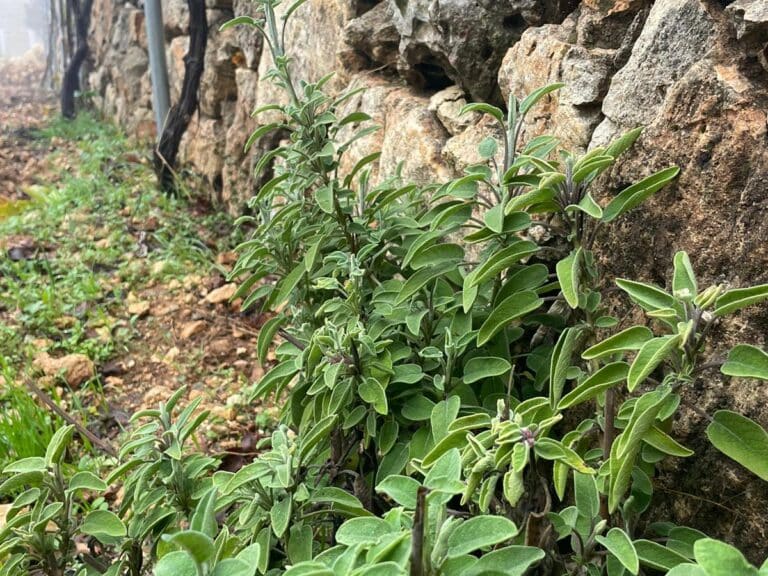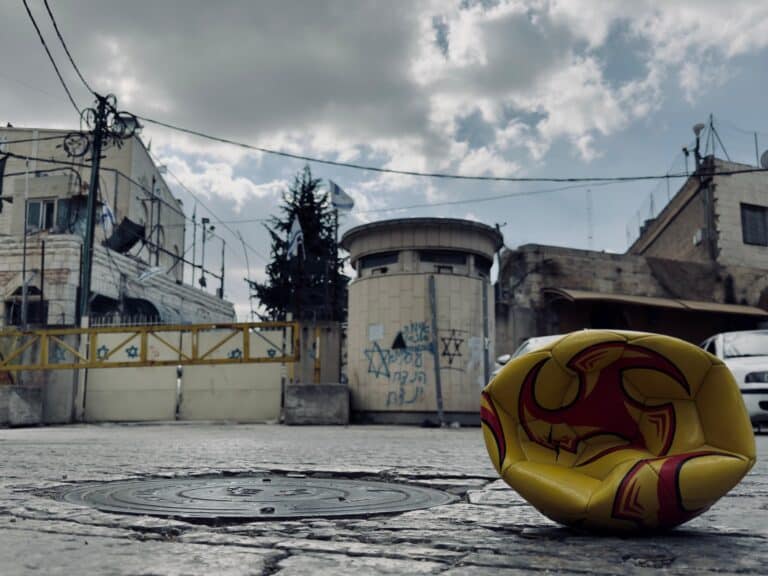Even as the immediate causes of migration from south to north across the US-Mexican border change, the root causes for why people migrate remain the same. Due to climate change or overworked land, people cannot grow food; and they are hungry. There are very few jobs in an economy run by drug cartels. People are threatened by government officials, soldiers, police, and criminal organizations—all of whom may be colluding with one another. In recent years, collapsing economies and the violence of armed actors have caused people from all over the world to make their way through Mexico to the southern US border. They come from Honduras and Haiti, from Venezuela and Cuba, and from India and Turkey. They arrive by plane or hike through the Darian Gap of Panama. They cross the Usumacinta River between Mexico and Guatemala and travel north by foot, bus, or train.
And now, the number of Mexican migrants to the United States border is again rapidly increasing. The US Office of Customs and Border Protection statistics indicate a rise from 4000 encounters with Mexican families at the border in July of 2020 to almost 22,000 in July of 2023.
Consider a typical Mexican family arriving at the northern border in the past year. In their home state of perhaps Guerrero or Chiapas in southern Mexico, family members are trapped between warring armed actors. In Guerrero alone, there are more than a dozen competing cartels. Ordinary people are pressured, threatened, intimidated, and assaulted. They are vulnerable to extortion, kidnapping, and even death. Finally, many decide to head north to the US because they can no longer survive where they are, and they fear for their lives. Ironically, they probably have to pay another cartel to get to the border.
Once the family has arrived in Juarez, Nogales, Laredo, or any other border city, they have two choices. One choice is to pay the cartel to help them cross the border and hope to avoid apprehension by the Border Patrol. This means either living without documents—alongside the more than 11 million undocumented people who are presently in the US, or requesting asylum when they are apprehended by US Border Patrol. The second choice is to stay in the border community in Mexico while they try to get an asylum appointment with customs officials by using the phone app, CBP One. At the ports that do not use CBP One, a family can simply walk up to the gate, present their documents, and ask for asylum. However, either choice is filled with hazards and uncertainty.
The reality is that the US immigration system is simply overwhelmed with the increasing number of people seeking to enter the country, and because of polarized politics, the US government is unlikely to pass immigration reform that would accommodate the present situation. Currently, the Border Patrol may simply repatriate families to Mexico who entered without authorization, but more often families are released into the US with a notice for a court date that may be months or even years in the future. Their legal status is unclear, their economic resources are limited, and they are literally being dumped on the streets of towns especially in Arizona, California, and Texas. Communities in these towns have come together to provide temporary housing, food and other necessities for migrants, as well as transportation to larger cities such as Tucson or San Antonio. It is these migrant families whom the governors of Texas, Florida, and Arizona have sent by plane or bus to large cities in the northern US where resources to provide housing, health care, and schooling are now strained to the breaking point.
If a family chooses to enter the US through a port, it takes months to obtain an appointment with CBP One, and the family has to survive in the meantime. If a family tries to enter at a port that does not use the app, their chances of entry are even more uncertain. Many families who enter the US using the app are released on parole. That means they can stay in the country for two years and can get a work permit in about six weeks. However, parole does not offer a foolproof way to legal residency or citizenship. These people must apply for asylum within the first year of their parole, and there is no guarantee that their application will be granted. In fact, only about 4% of Mexicans who applied in the last year were granted asylum (US Executive Office for Immigration Review).
Here is the plight of these Mexican families: they fled for their lives from their homes and they risked danger again as they travelled to the north where they lived in uncertainty at the border as they prepared to cross into the US. For those who get into the US, it is not the end of the story. Now they must survive in the US and navigate the immigration courts to present their claim. These parents and their children may now be at the mercy of people in the US—unethical employers, immigration lawyers, housing authorities, and law enforcement officials.
So why do they come? Are these families now any better off in the US than they were in Mexico? In some ways, it is hard to know the difference. Originally these people left their homes in Mexico because they could not protect and provide for their families; the danger was just too great. And in order to keep their families safe from harm, they are willing to endure racism, xenophobia, and countless other indignities and hardships. They are willing to enter another country where they might not be welcome and they might not be able to stay. There are no guarantees, but they come anyway. It seems that the human spirit is strong and the need for self-preservation endures all obstacles.




